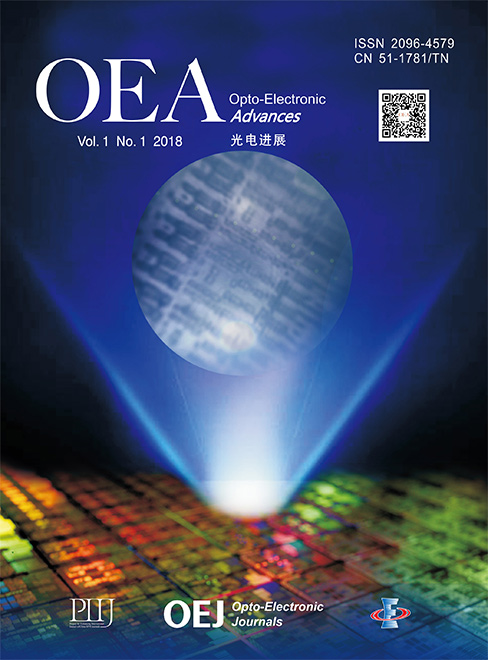 View fulltext
View fulltext
We summarize our work of the optoelectronic devices based on Germanium-tin (GeSn) alloys assisted with the Si3N4 liner stressor in mid-infrared (MIR) domains. The device characteristics are thoroughly analyzed by the strain distribution, band structure, and absorption characteristics. Numerical and analytical methods show that with optimal structural parameters, the device performance can be further improved and the wavelength application range can be extended to 2~5 μm in the mid-infrared spectra. It is demonstrated that this proposed strategy provides an effective technique for the strained-GeSn devices in future optical designs, which will be competitive for the optoelectronics applications in mid-infrared wavelength.
This paper is going to review the state-of-the-art of the high-speed 850/940-nm vertical cavity surface emitting laser (VCSEL), discussing the structural design, mode control and the related data transmission performance. InGaAs/AlGaAs multiple quantum well (MQW) was used to increase the differential gain and photon density in VCSEL. The multiple oxide layers and oxide-confined aperture were well designed in VCSEL to decrease the parasitic capacitance and generate single mode (SM) VCSEL. The maximal modulation bandwidth of 30 GHz was achieved with well-designed VCSEL structure. At the end of the paper, other applications of the near-infrared VCSELs are discussed.











